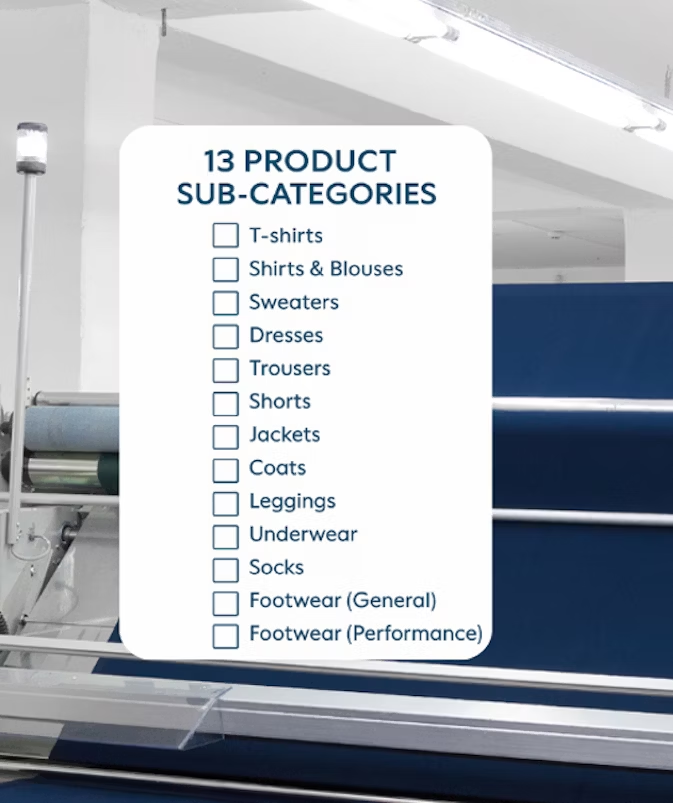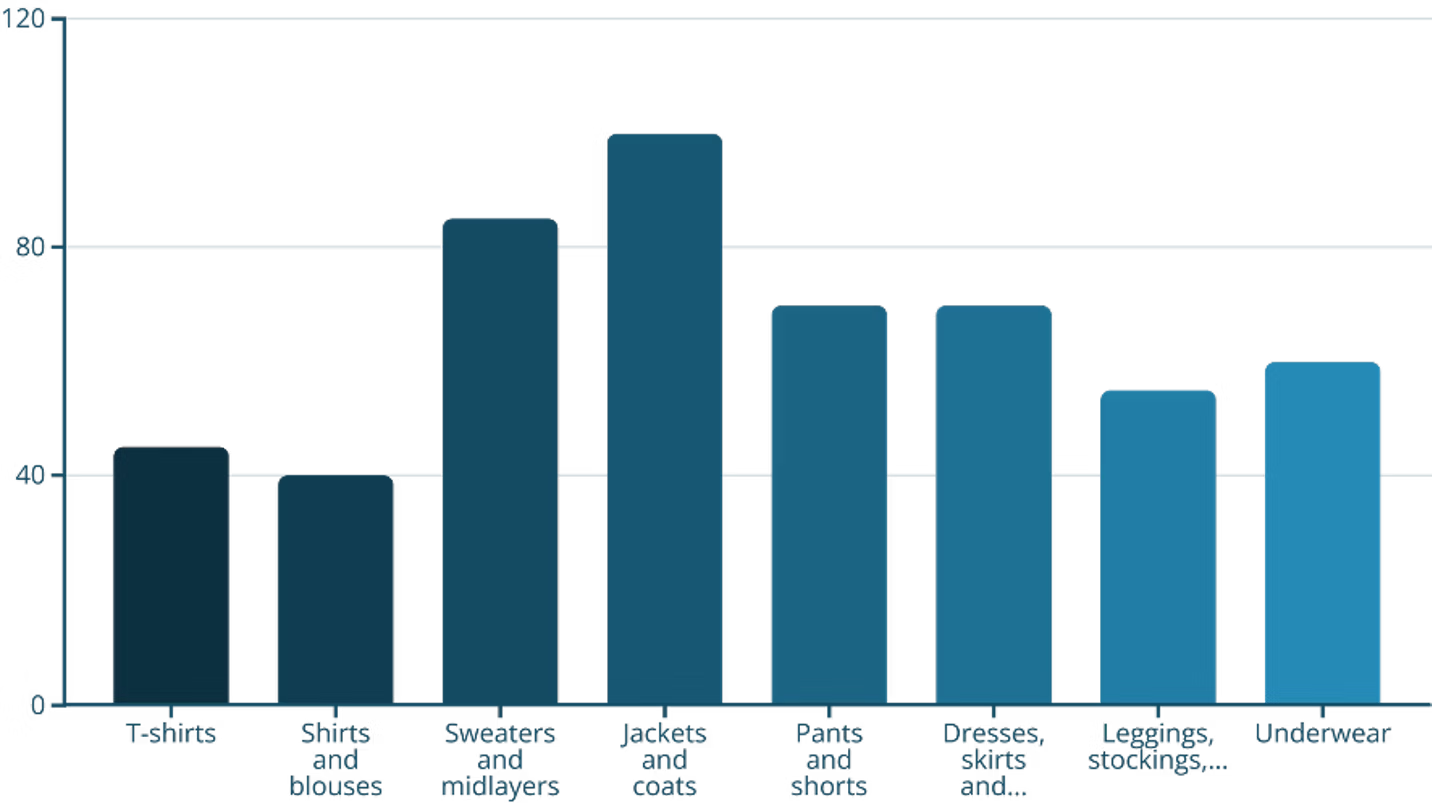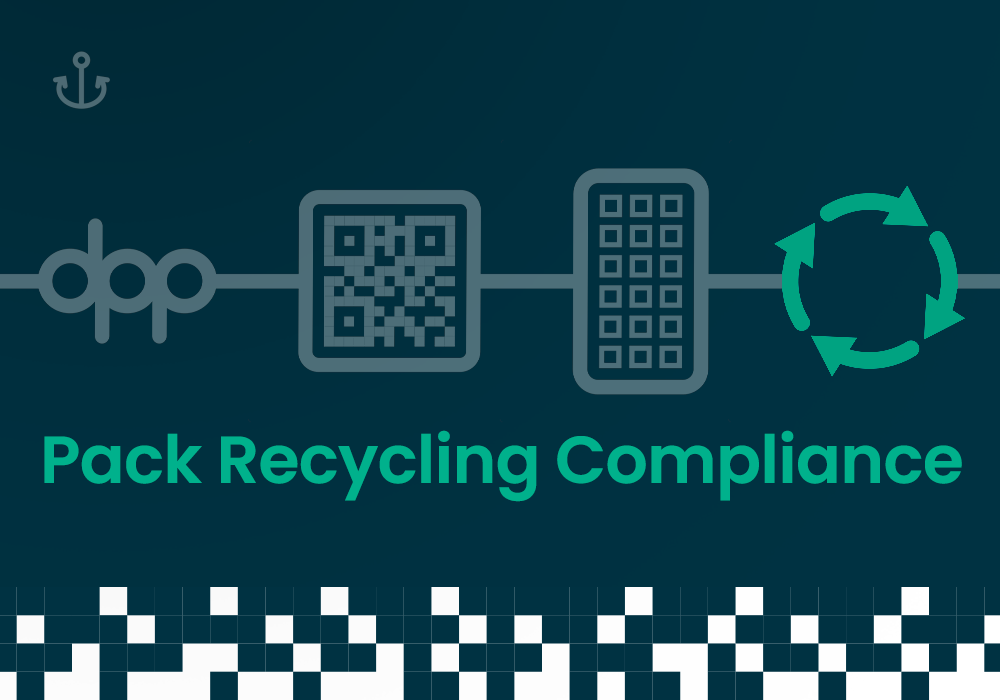PEFCR Explained: Why It Matters for Fashion and Footwear Brands

Sustainability in fashion is moving beyond buzzwords—soon, it will be the law. The European Commission’s Product Environmental Footprint Category Rules (PEFCR) for Apparel and Footwear, now in version 3.1, is setting a new standard for how environmental impact is measured across the industry.
This regulation isn’t just about ticking boxes—it’s about helping brands understand, measure, and improve the environmental performance of their products across the entire lifecycle, from raw materials to disposal.
What Is the PEFCR?
The PEFCR is a scientifically backed methodology developed by the European Commission with input from over 28 industry bodies, NGOs, and experts. It creates a common language and standard for calculating environmental footprints—ensuring brands across the EU are measured fairly and consistently.
Who Does It Affect?
If you manufacture or sell apparel or footwear in the EU or EFTA countries, these rules apply to you. The regulation is valid until the end of 2027 (unless updated sooner) and will likely become the go-to reference for future sustainability and eco-labelling requirements in Europe.
What Products Are Covered?
The PEFCR applies to 13 detailed sub-categories of fashion and footwear items—from t-shirts to boots. However, it excludes protective wear, custom couture, and cycling-specific footwear.

What Does It Measure?
Each product is assessed over its full lifecycle—including:
- Raw materials sourcing
- Manufacturing processes
- Distribution and retail
- Consumer use (washing, drying, repair)
- End-of-life (recycling, landfill)
Environmental impacts are measured across 16 categories, with a focus on climate change, water usage, resource depletion, acidification, and particulate emissions.
Durability Now Counts
PEFCR version 3.1 introduces a new way to assess product lifetime and repairability—a major step forward. If your garments or shoes are more durable and easier to repair, they’ll score better.
Three key multipliers now shape a product’s lifespan in environmental calculations:
- Intrinsic Durability Multiplier (based on lab-tested toughness)
- Repairability Multiplier (availability of spares, ease of repair)
- Extrinsic Durability (currently a placeholder, may evolve)

These default values represent the baseline number of uses per product duration of service. The specific duration of service for a product is calculated by multiplying these default values by the combined durability multipliers (IDM × RM), which can range from 0.67 to 1.6675.
Why Should Brands Act Now?
- Eco-labelling will likely be based on PEF results in the near future
- Digital Product Passports (DPPs) will need to reflect these scores
- Consumers, investors, and regulators are increasingly demanding transparency
Early adoption positions your brand as a sustainability leader—and avoids scrambling for compliance in 2026.
What Should Brands Do Next?
- Check if your product range falls under the 13 categories.
- Collect detailed material and production data for each product.
- Start testing durability and repairability using approved methods.
- Partner with a sustainability consultant or platform to run a PEF study.
- Prepare to communicate your product’s environmental impact clearly to customers and regulators.
Buyerdock empowers brands to future-proof their operations with tools built to align seamlessly with PEFCR and Digital Product Passport (DPP) requirements. We enable clear communication of PEF data and regulatory details down to the batch or serial number—no retrofitting needed, ensuring full flexibility as regulations and requirements evolve.
Talk to us →





